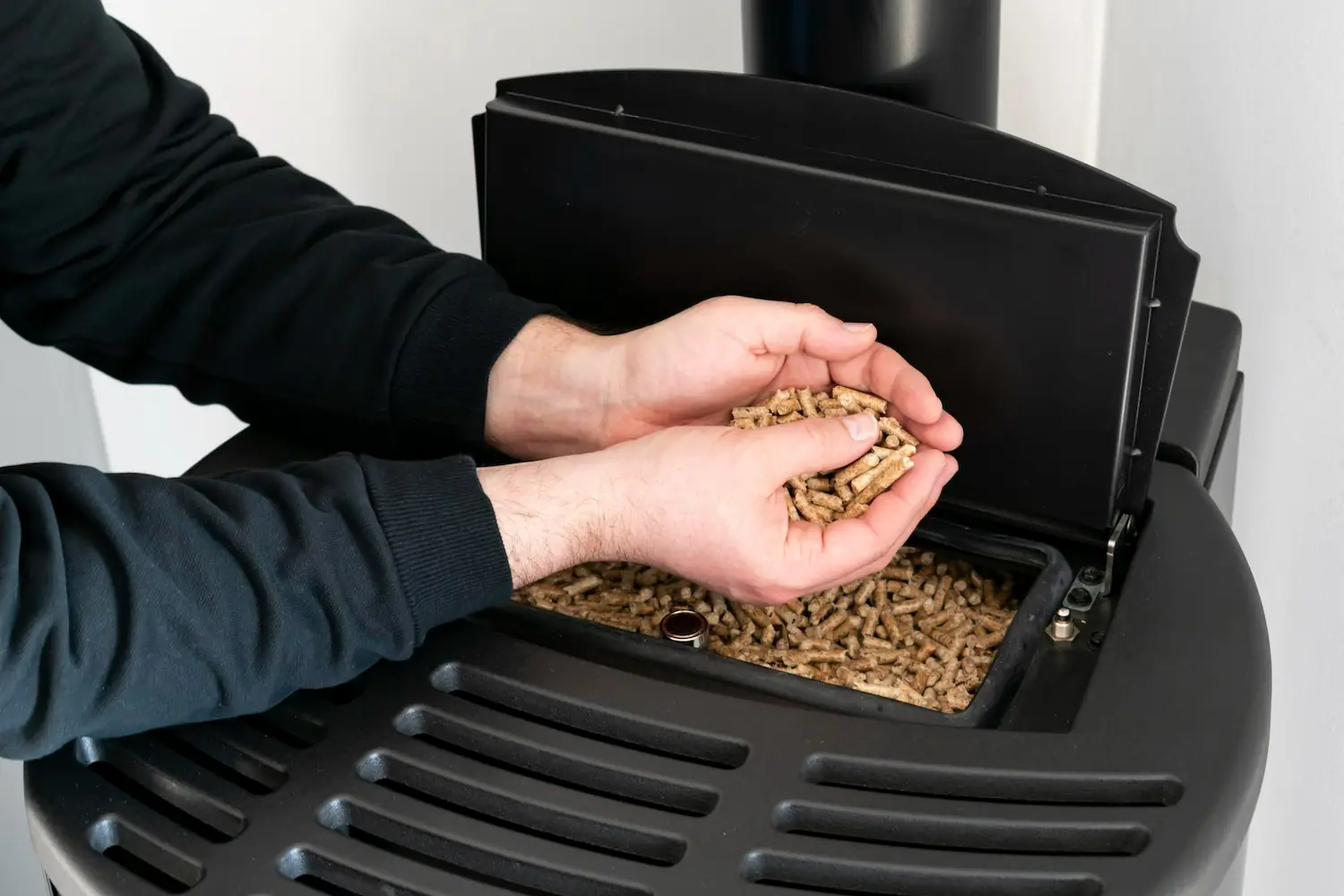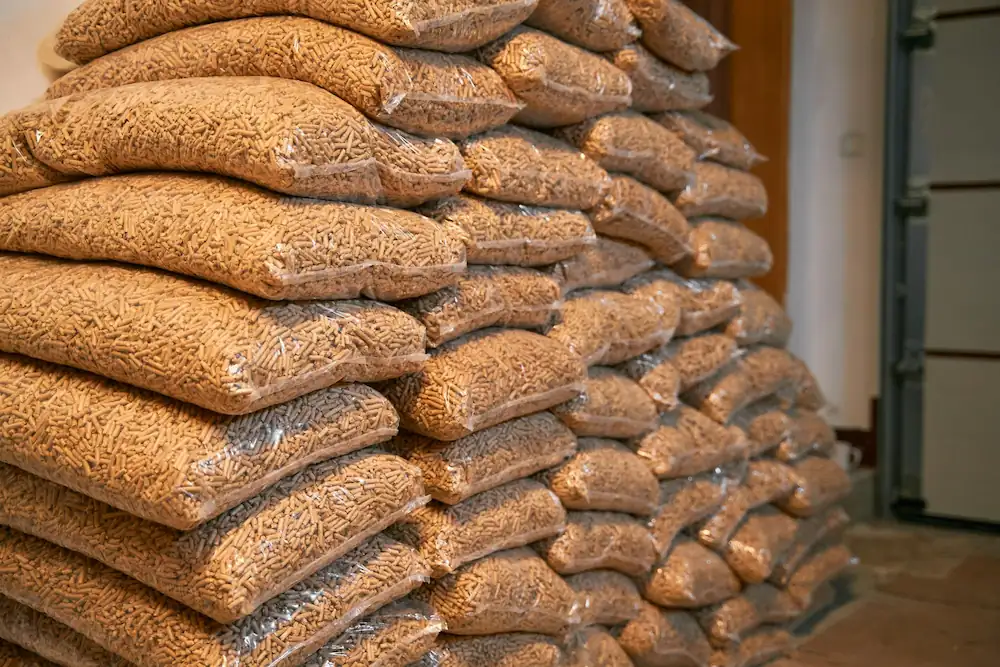Pellets are a solid, dry fuel used for heating and cooking. It is a product derived from biomass and is generally obtained by pressing wood waste such as wood chips, shavings and sawdust, although it can also contain almond shells and other agricultural or industrial waste.
Pellets have become an increasingly attractive and popular green and sustainable energy solution for households due to their low cost and practicality. In this article we explore the history of pellets, from their origin to their use today.
Origin of the pellet
The origin of the pellet dates back to the mid-19th century, when it was invented by German engineer Friedrich Wilhelm Föster. His invention was known as “wood pellets” and was used to heat steam locomotives and other machines.
At that time, pellets were mainly made from the wood left over from the forestry industry, but soon other materials and industrial by-products were used to make pellets.
Evolution of the pellet
Later, at the end of the 19th century, the first presses for the production of small wood pellets were developed. These pellets were used as fuel to heat ovens and cookers in European rural homes.
In the early 20th century, scientists discovered that pellets could be used to produce energy instead of fossil fuels such as coal or oil. This allowed pellets to be increasingly used. During the 1920s and 1930s, the quality of pellets was improved by the development of new technologies such as hydraulic pressure pressing and sieve separation.
In the 1950s, pellets began to be used in Germany and Austria as a fuel for heating homes. This led to a gradual increase in the use of pellets over the years.
During the 1970s, researchers developed a new type of solid fuels that were more efficient than traditional fossil fuels.
These pellets were made from materials such as sawdust, wood chips and finely ground almond shells. These pellets were much less expensive and were also less polluting than traditional fossil fuels.
During the 1970s and 1980s, pellets gained popularity due to their low cost and the fact that they were a clean and environmentally friendly fuel. In the 1980s, pellets continued to gain popularity among consumers as an alternative fuel for domestic heating. This trend spread throughout Western Europe and the United States during this decade.

During the 1990s, pellets became an internationally recognised product because of their aforementioned advantages. Producers began to develop advanced technologies to improve the production and performance of the product.
Pellets today
During the last few years, the use of pellets has been increasing due to improved production and quality. The production of pellets is becoming cleaner thanks to the use of new technologies that allow forest residues to be recycled and reused to produce pellets.
In addition, pellets have improved in quality thanks to the development of more sophisticated processes that allow pellets with higher density and moisture content to be produced. These advances have allowed pellets to become increasingly efficient and to achieve a higher energy yield per kilogram of pellets burned.
Today, pellets are an attractive option for many people looking for an economical and clean fuel to heat their homes. Pellets have become an increasingly popular fuel because of their advantages over other fuels such as natural gas or coal: they are cheap, clean, easy to use and energy efficient. Its use is becoming more and more widespread throughout Europe thanks to its many advantages.
In addition, pellets are also increasingly being used in other areas such as industry and agriculture, as their price and low emissions are attractive factors for these sectors. On the other hand, there are also some countries where the government has implemented subsidies to encourage the use of pellets as a domestic fuel, which has contributed to its rapid expansion.

It can be found in many different forms, from compressed briquettes to compact pellets made from recycled materials such as wood, almond chips and agricultural waste.
These different forms make it much easier for users to find the right fuel to meet their specific needs.
In addition, pellets have been widely used in industry to produce clean and sustainable energy. Thermoelectric plants using pellets are able to generate large amounts of electricity without emitting large amounts of carbon dioxide or other harmful gases into the atmosphere.
This technology has enabled many companies to reduce their emissions while producing clean energy to meet the energy needs of the modern world.




